Tip of the Month: Is Your Dog Growly with People or Other Dogs?
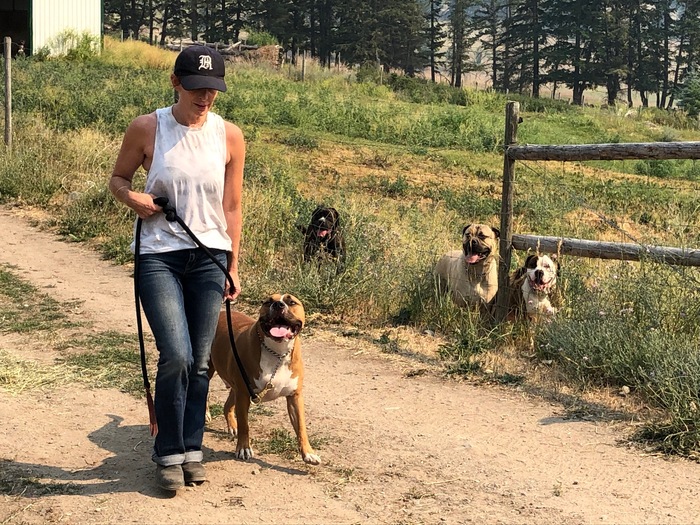
Operating a ‘custom care’ dog boarding kennel, I have the opportunity to care for many doganalities including what I might politely call, ‘non-social’ dogs. Dog aggression either towards people or to other dogs is a huge problem especially post covid, after two years when people nor dogs were able to have much socialization.
Fortunately, (I believe) most dog aggression is easily re-framed or avoidable, especially if the behaviour is caught early. Once aggression becomes a pattern, of course, it takes much longer to turn around the undesirable habits (please seek out training help and don’t give up!) After caring for and handling thousands of aggressive dogs over the past 20 years, I may upset a few ‘trainers’ out there but here is my interpretation followed by a few suggestions to shape your interactions with your dogs to help them be more calm and less re-active.
First…dogs are dogs! Dogs, like us, are predators craving praise, recognition and material things. Dogs are not children! I see so many people that coddle their dogs as if they were kids lavishing their dogs with constant treats hoping their micromanagement will avoid issues the owners either don’t know how or would rather not, deal with. That ‘protective’, reward-based avoidance of disrespectful behaviours leads in only one downward direction. Sadly, I see many of these dogs getting an unbelievable amount of human anti-anxiety, anti-depressant, anti-anti-anti this-and-that behavioural drugs, to attempt to quiet their dog’s actions and re-actions.
Dogs are not humans. However similar to us, dogs need structure that includes rules, boundaries and clear leadership in order to be calm, confident and smart within the confines that they live by. Without structure, dogs worry, get frenetic and develop anxious disturbing energy they don’t know what to do with.
When dogs lack leadership, they don’t know when or if they should take charge. If no one takes charge often dogs will take over, only if they do…it’s a gamble for them and can be very confusing when sometimes they are praised and other times, they are wrong, get punished and labeled, only adding to their frustration and anxiety.
Dogs without boundaries and structure just don’t know their place in life or how to make good decisions. Some dogs take that frenetic energy and become destructive, some dogs shut down, some become scared introverted fear biters, some dogs develop intestinal issues and allergies for the stress, while others get resourceful, defensive and start to take over, by getting forthright and aggressive to varying degrees. It can become a downward spiral effect of symptoms, causing untold havoc on both the dog’s wellbeing as well as those in their household.
Assuming there is no physical issue that is causing your dog’s aggressive behaviours, simply, when a dog is calm, they can be smart and make good decisions. So, how do you create a calm dog? There are many facets to this question but here are a few suggestions of habits to get you started:
Avoid talking ‘baby talk’ to your dog. This creates insecurity and needless worry. Speak to them in a calm ‘real’ voice.
Never pet, stroke or treat your dog when they are in a state of stress or any anxiety or behaving in any way that is undesirable. Do not support (or ‘stroke’) the behaviour you do not want! Don’t feed the monster!
Adopt higher standards of expectations, generally and in every way. Examples would be: have your dog sit calmly, not rushing you for their food; have them run into your knee and be put off balance when jumping up on you; have your dog wait and follow you when going through doors and openings; improve your on-leash skills and do not be pulled – ever; expect your dog to respond after the first ask or command (sit, stay, lie down, leave it, wait, come etc.) A police dog trainer once told me that no passing car will wait for my dog to listen and lie down for the 4th time!
Use your affection with justice, in ‘phases’, not always giving the same amount of praise and recognition for varying degrees of good responses.
Be sure to teach your dog to go to its ‘place’ in your home rather than having free roaming access to worry the house.
Give boundaries to your dog. For example, do not allow your dog in the kitchen, countertops or near the table when you are preparing or eating food. (Never treat your dog from the table if you don’t want to create a begging demander!)
Know that YOU are training your dog, always. Whether you are conscious of it or not, whenever you are interacting with your dog, YOU are training, for better or worse.
If you find yourself with a dog that ‘you have allowed’ to have behavioural problems or become aggressive and you need help, please, first, be willing to look in the mirror at your dog’s leadership (or lack of) and then find a trainer for help that you resonate with. Arrange for a consultation with a trainer and your dog and …be honest and …ask questions! If the answers don’t make sense to you or you don’t feel like you can adopt the new information into your life…talk to another trainer until you get results that YOU (not the trainer) can make a healthy part of your day-to-day life while creating your new and improved beloved dog!
For more dog health and training tips, visit Ask The Trainer. Ask me about dog-owner training today as well!


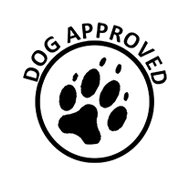
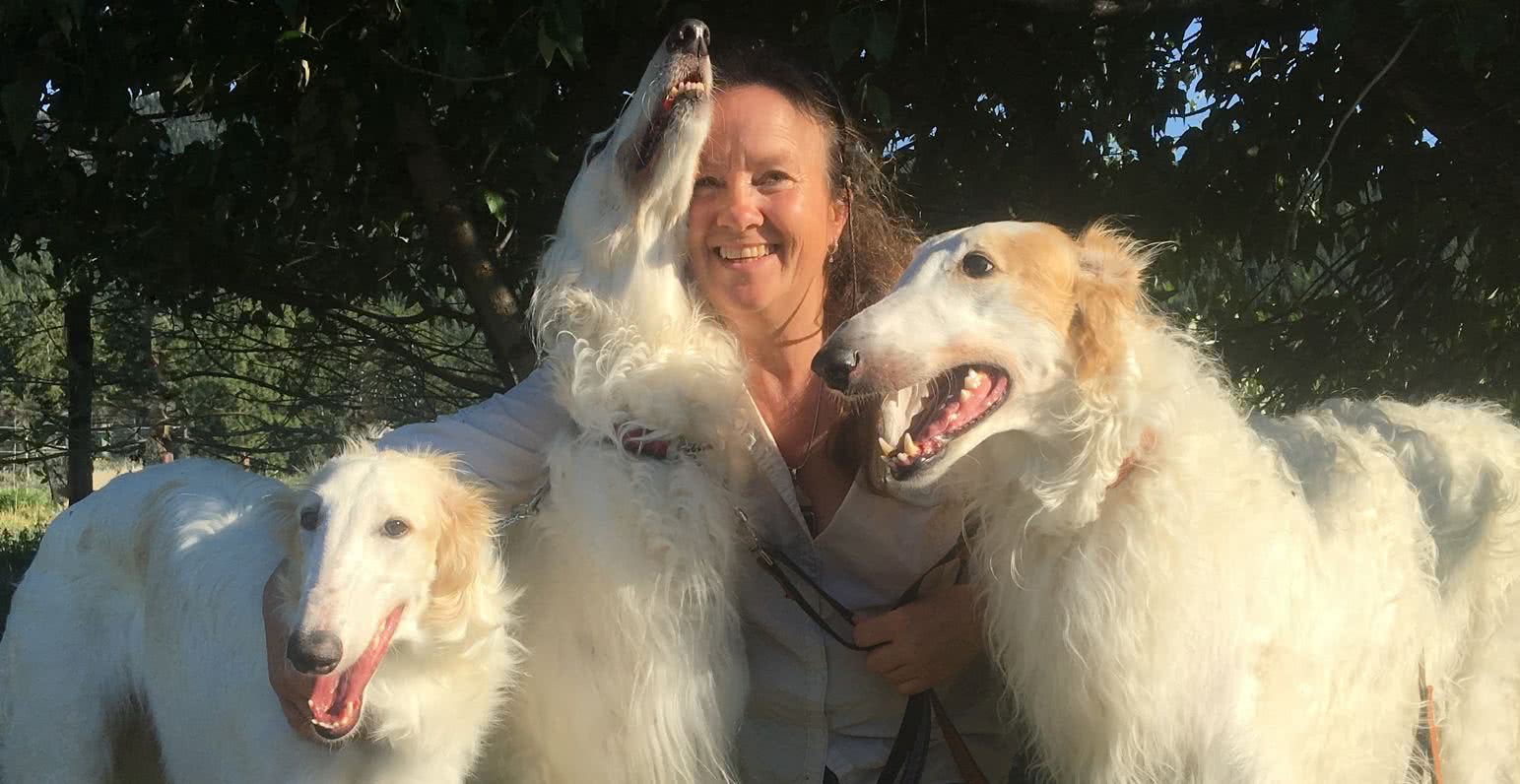

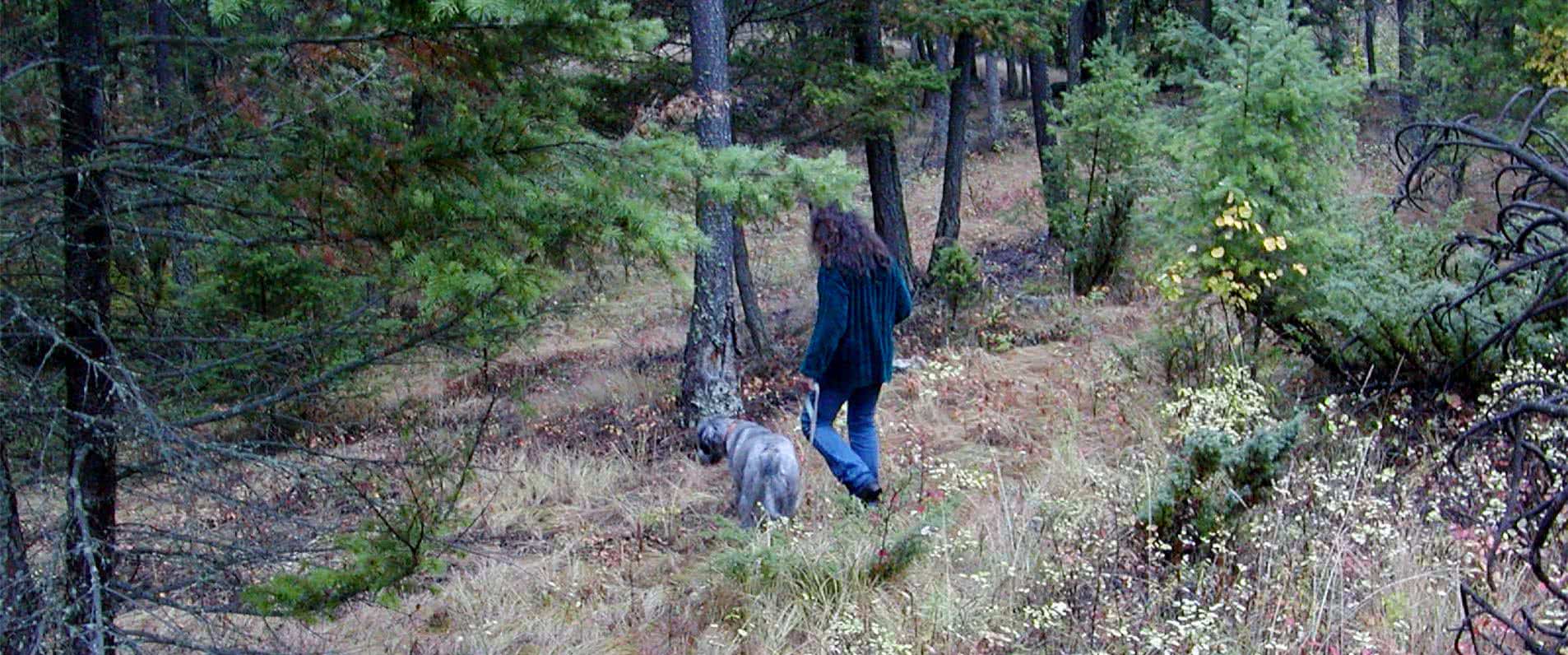
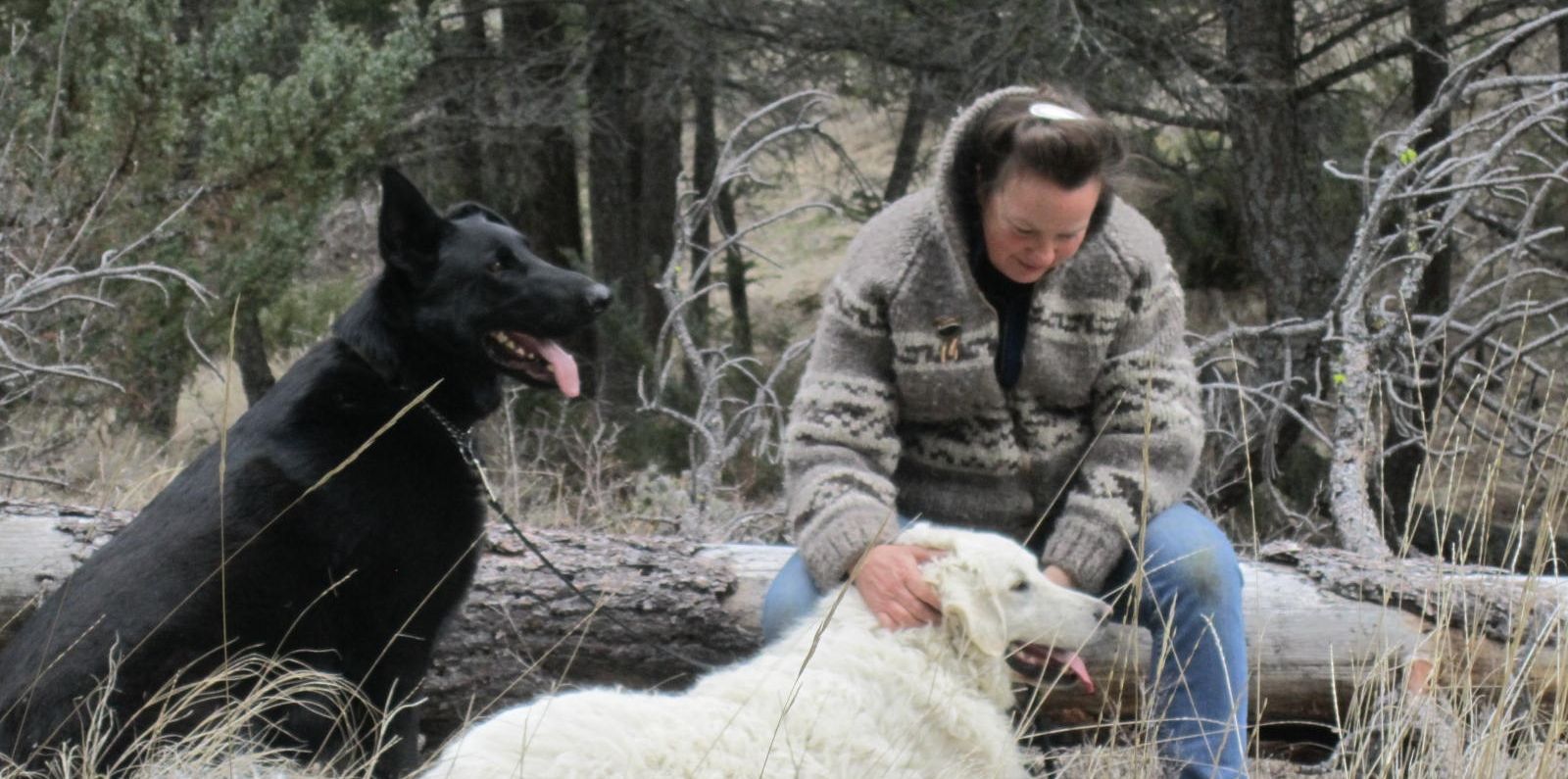
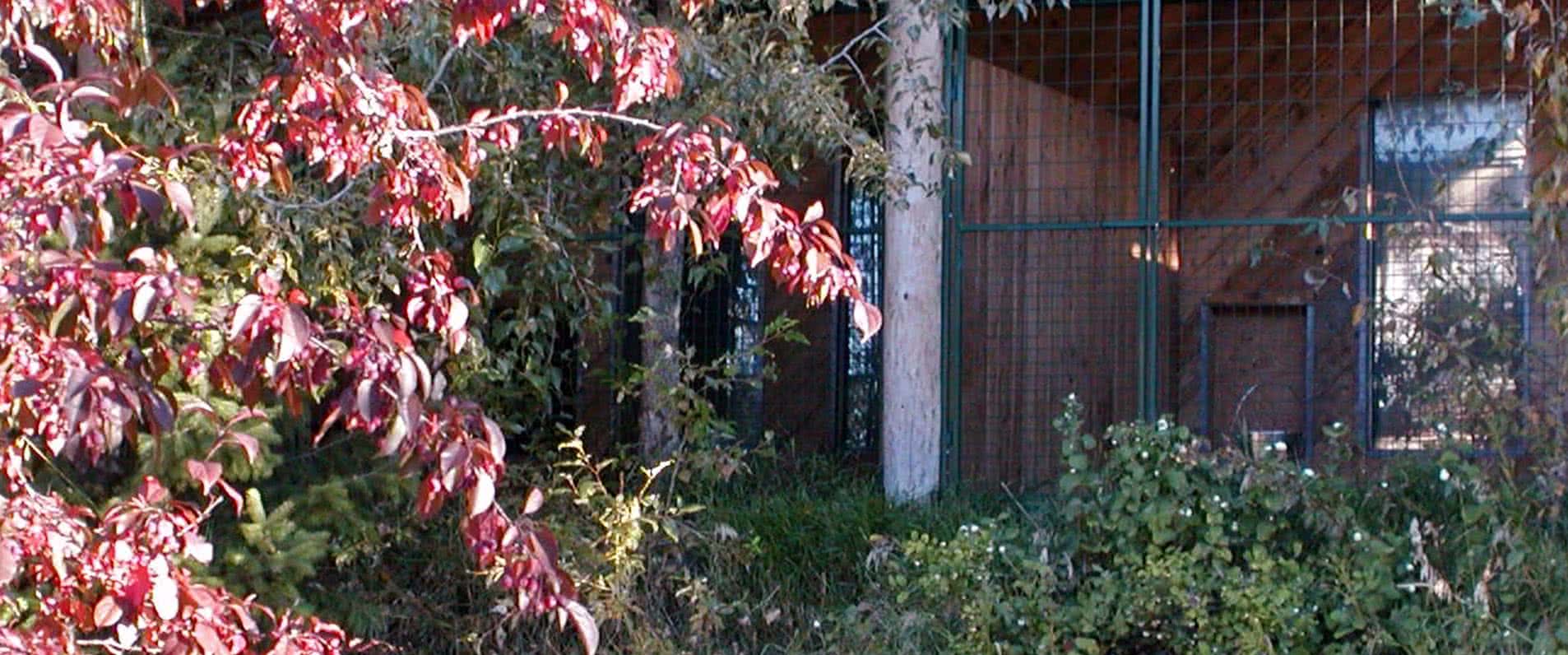
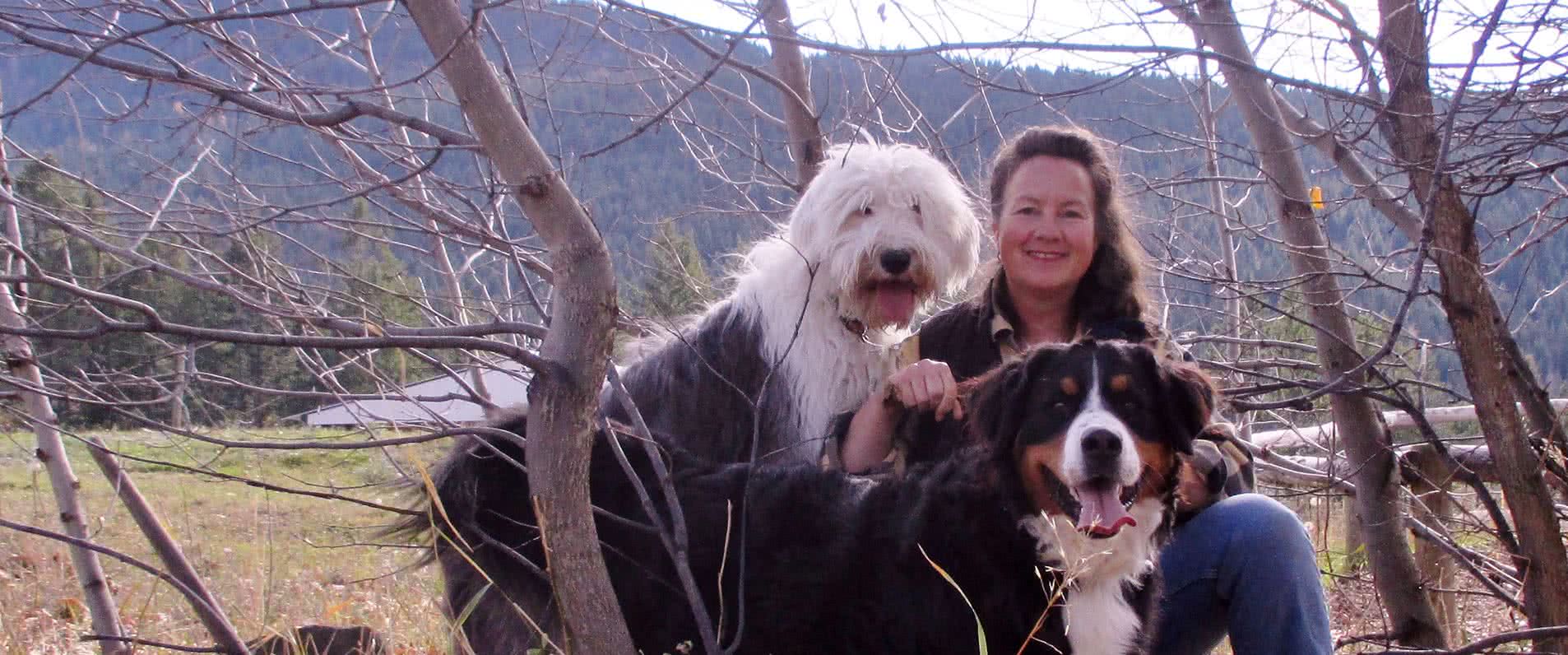


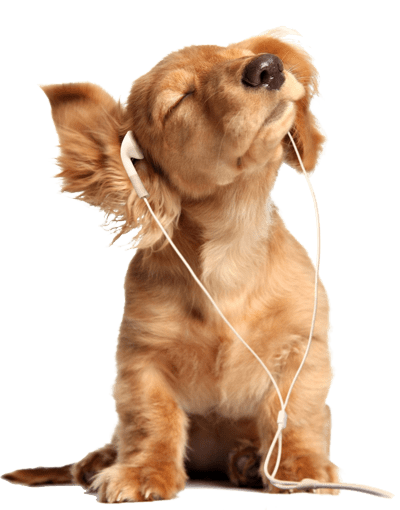
 Contact Form
Contact Form